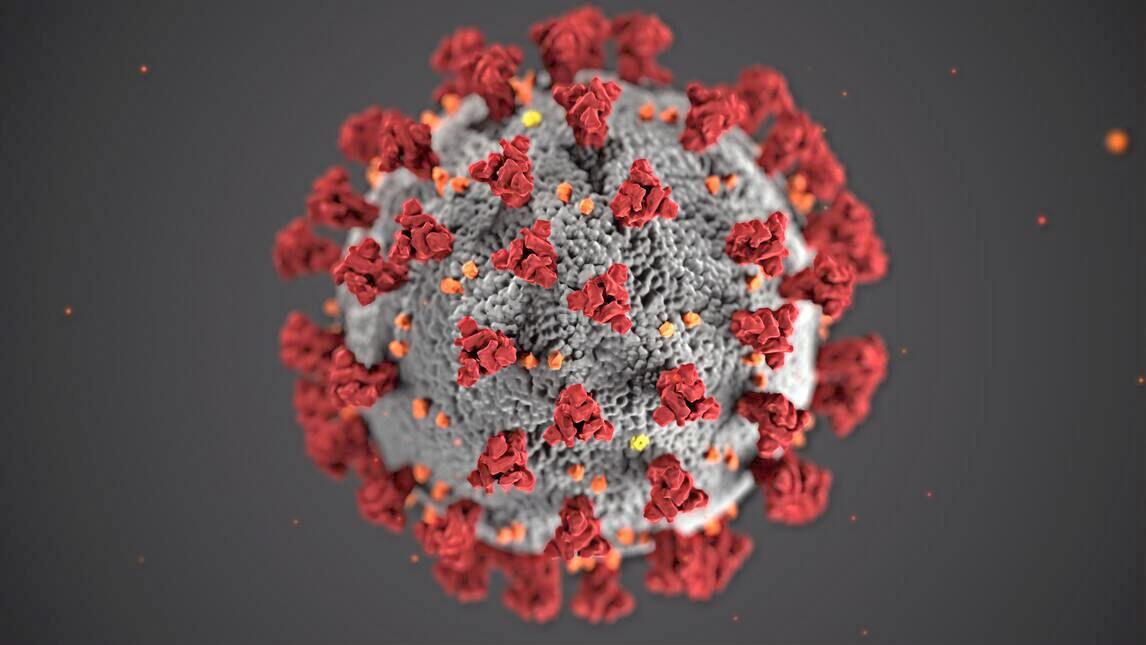Are they wondering about the differences between common flu symptoms and those arising from the coronavirus? This is a pertinent question that plagues several individuals today. It has also given rise to increasing searches pertaining to coronavirus vs. flu online. Both COVID-19 and influenza or flu are respiratory ailments, although they are caused by radically different virus types. COVID-19 is caused due to getting infected with the coronavirus that was identified first in the year 2019. On the other hand, flu is caused due to getting infected with the influenza virus.
You already know what flu symptoms are, and there are indeed similarities with coronavirus symptoms as well, making it confusing for many people.COVID-19 seemingly spreads more rapidly as compared to influenza as per experts, although with more people getting vaccinated against the coronavirus, the virus spread is expected to gradually reduce. In comparison to flu, the coronavirus may also lead to serious ailments for some individuals. While the symptoms of having the flu such as common cold, fever and other symptoms may be similar for COVID-19 at some point, it may take longer for showing symptoms in some people, and individuals may remain contagious for longer periods. The differences between these two illnesses cannot be worked out only on the basis of their symptoms. Testing is required for identifying the illness and confirming the proper diagnosis. People may be infected with COVID-19 and flu simultaneously as well.
Key similarities + Differences
While there are different cold flu answers available, you should first take a closer look at the similarities. Both flu and coronavirus may have varying symptoms or no symptoms (asymptomatic) cases. Commonly shared symptoms include fever, feeling feverish, shortness of breath, fatigue, cough, stuffy/runny nose, sore throat, headaches, muscle pain or body ache, diarrhea or vomiting, change/loss in taste and smell. 1 or more days may pass when someone gets infected with either flu or coronavirus and then symptoms may start emerging. The difference here is that if someone has coronavirus, then he/she may take longer to experience any symptoms as compared to flu. The latter has symptoms emerging between 1-4 days post-infection while the former has symptoms witnessed after 5 days from infection, although they may appear within 2-14 days also.
Both COVID-19 and flu may spread for a day prior to the onset of symptoms. Yet, another difference is that coronavirus remains contagious for a longer time as compared to flu. The latter cases are contagious for 1 day prior to showing symptoms. Older children and adults with flu are the most contagious in the first 3-4 days, although some remain so for 7 days. People with weak immunity and infants may be contagious for longer periods.
People may spread COVID-19 for about two days prior to witnessing symptoms and stay contagious for 10 days at least after their appearance. If someone is asymptomatic or symptoms disappear, they may remain contagious for this duration after testing positive. Those hospitalised with severe ailments and those with weakened immunity due to COVID-19 may stay contagious for 20 days or more.
Both flu and COVID-19 may spread between people in close contact, i.e. within 6 feet and both mainly spread through large and small particles with the virus. These are expelled with talking, coughing and sneezing. They may land in the nose or mouth of others nearby and inhale into the lungs. In some scenarios like indoor areas, poor ventilation and so on, smaller particles may spread more than 6 feet and lead to severe infections. A person may possibly get infected by touching someone with the virus or touching a surface that is infected at times as well. This happens if they subsequently touch their own nose, mouth or eyes. Both COVID-19 and flu may spread to other people prior to showing symptoms, those with mild symptoms and those who are asymptomatic. The COVID-19 virus is more contagious than the flu virus.
Both COVID-19 and flu may lead to severe ailments and complications for several groups of individuals, including people with medical conditions, infants, children, older adults and pregnant individuals. COVID-19 seemingly leads to more serious ailments for some individuals. For younger kids, particularly those younger than 5 years old, risks of serious complications are often higher with flu as compared to the coronavirus. Yet, serious COVID-19 related illnesses may lead to hospitalisation and even unfortunate death for some children. In comparison to younger children, teenagers and adolescents with COVID-19 are more likely to have MIS-C or Multisystem Inflammatory Syndrome in Children. This is a severe but rare complication arising from coronavirus illness. Yet, for adolescents, risks of serious illnesses linked to COVID-19 are lower as compared to children who are younger than 5 years of age. Staying well stocked on medicines and maintaining the prescribed consumption routine is vital if you are ill. Stay in touch with your trusted compounding pharmacy for this purpose. Choosing the best pharmacy for family needs is essential for meeting all your medical needs, along with getting value-added services and assistance with medication management plans.




